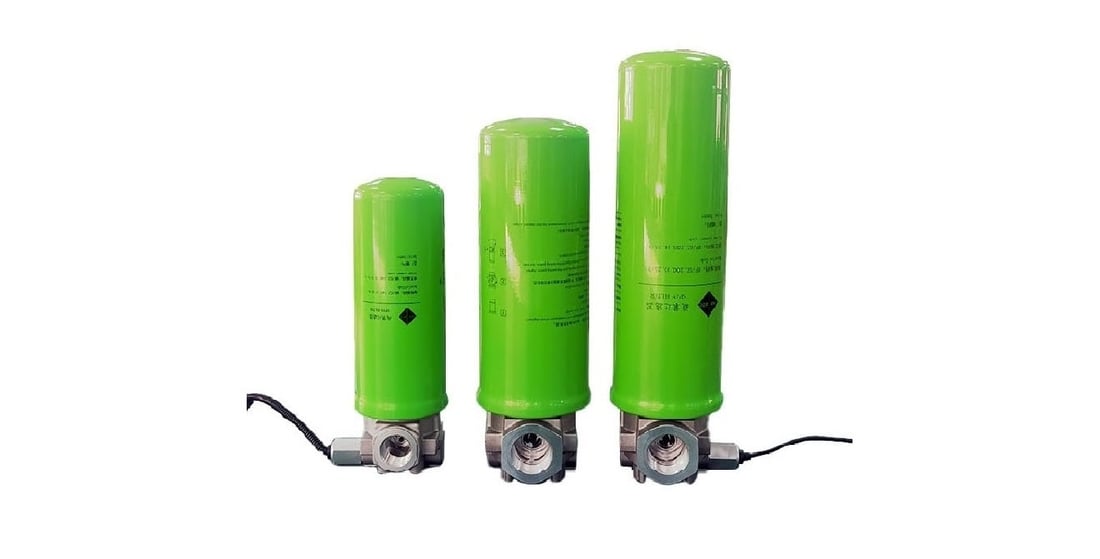Extending the life of the filter is the key to improve production efficiency, reduce costs and protect the production environment and product quality. High efficiency filters play a vital role in modern industrial production, responsible for filtering out particles in the air and ensuring the cleanliness of the production environment. However, the service life of the filter is affected by a number of factors, including the use of the environment, maintenance methods and the quality of the filter. The following will be a specific discussion on how to extend the life of the filter:
1. Clean regularly of the filter
(1) Keep the filter surface clean
By cleaning the filter surface regularly, particles and dirt can be effectively removed and its good filtration performance can be maintained. This helps restore and maintain filtration efficiency, preventing clogging and performance degradation.
(2) Choose the right cleaning method
Appropriate cleaners and tools should be used to avoid damage to the filter material. For example, you can use a mild cleaner and a soft brush for cleaning, rather than scraping with a hard object to avoid damaging the filter material structure.
2. Set running parameters properly of the filter
(1) Adjust wind speed, temperature and humidity
The correct setting of operating parameters such as wind speed, temperature and humidity can avoid premature wear caused by excessive load. According to the specific application environment, adjust these parameters to make the filter work in the best state, which can significantly improve its operating efficiency and life.
(2) Timely adjust the filtration speed
According to the actual air quality, timely adjustment of the filtration speed can reduce the excessive dust accumulation of the filter material and extend its service life.
3. Replace it in time of the filter
(1) Make a reasonable replacement plan
Avoid the degradation of purification effect caused by overdue filter use. Check the working condition of the filter regularly, and replace it immediately once it is found to be seriously blocked or damaged.
(2) Preventive replacement
In some cases with strict air quality requirements, even when the filter appears to be working normally, it should be replaced according to the specified schedule to prevent potential pollution risks.
4. Optimize filter system design of the filter
(1) Multi-level filtration system
The multi-stage filtration system intercepts most of the coarse particles through the pre-filter at the front end, thereby reducing the burden of the high efficiency filter and extending its service life.
(2) Improve airflow distribution
Optimize the air distribution in the filter box to ensure the uniformity of the air flow and avoid early damage to the filter caused by local excessive concentration of dust.
5. Improve device maintenance
(1) Professional training
Conduct professional training for maintenance personnel to ensure that they understand the working principle and maintenance methods of the filter, and can timely discover and deal with the problems that occur in the operation of the filter.
(2) Maintain records
Establish a sound maintenance record system to track the use status and maintenance history of each filter, which helps to discover potential problems in time and make corresponding maintenance decisions.
6. Use a high-quality filter
(1) Select high standard filter materials
Choose a filter made of high standard and long life filter material, although the initial investment is high, but in the long run can greatly reduce the number of replacement and save maintenance costs.
(2) Certified products
Priority is given to filter products with relevant quality certifications, such as ISO certification, to ensure the reliability of filter quality and performance.
7. Application of automation system
(1) Automatic cleaning system
Invest in automatic cleaning systems, such as pulse blowouts, to clean filters regularly, reducing manual operations and improving maintenance efficiency.
(2) Real-time monitoring
Use modern sensor technology to monitor the working status of the filter, detect problems in time and automatically adjust or alarm to ensure that the filter is always
Work at your best.
8. Control the use environment
(1) Control environmental conditions
As far as possible, control the temperature and humidity of the filter environment to avoid high temperature, high humidity or harmful gases, because these factors may accelerate the aging and damage of the filter.
(2) Reduce pollution sources
Minimize pollution sources in the environment where the filter is used, such as regularly cleaning the room, equipment, and controlling the amount of dust and other particles entering the environment.

